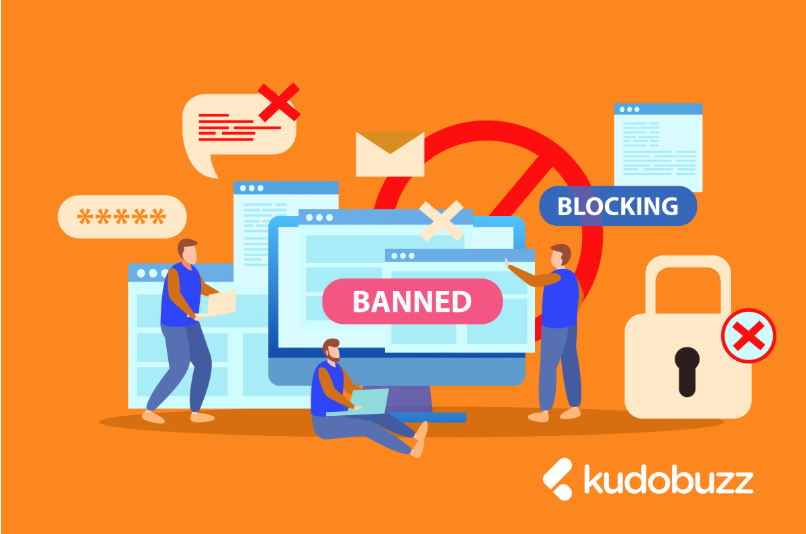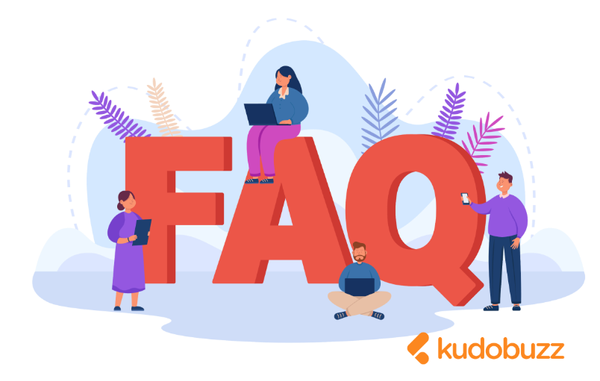Increasing the number of backlinks to your website is an effective way to increase its exposure and traffic. As a result, you have a higher chance of being found by potential clients. But, what exactly are backlinks, and how do they improve website traffic? Search engines will send you more traffic if your website has more backlinks from other well-known websites. Webmasters (people who create and manage the content and organization of a website, manage the computer server and technical programming aspects of a website, or do both) are familiar with this straightforward idea. As a result, developing backlinks is thought to be the benchmark for a website's quality. As a standard, Search Engine Optimization (SEO) is frequently used by business investors to brand websites or market to customers.
Yes, you heard right. One of the most effective ways to enhance your online presence and increase traffic is through Search Engine Optimization, particularly by building powerful backlinks.
I know you’re wondering, what are SEO Backlinks?

Some website owners may not know what backlinks are and that’s okay. Backlinks are just links from other websites that point to your site. We can call them inbound or incoming links. These are website links pointing to yours from other websites. Simply think of them as online testimonials, like affirmations of trust. You will rank higher in search results if search engines like Google determine that a large number of other websites link to your website, indicating that it is a reliable and good site. Backlinks play a major role in determining your website’s authority and ranking on search engines like Google.
Remember this, your website’s chance of ranking higher in search engine results pages increases with the number of high-quality backlinks it has. There are various types of backlinks, and here are a few of them: Natural Links, Nofollow Links, Manual Links, Self-created Links, etc. Natural links are links earned organically when other sites find and see your content as valuable. Nofollow links are links that do not pass on authority but they can still drive traffic. Manual links are links acquired through efforts, like guest blogging or partnerships. Self-created links on the other hand are links you create yourself, such as those in forums or comments, although they shouldn’t be used frequently.
Understanding these types of backlinks is important because they all contribute differently to your SEO strategy, in one way or another.
How important are Backlinks?

If you think backlinks are unimportant, then you’re wrong. Backlinks are super important for various reasons, which are:
1. With backlinks, your website gains more credibility, making you seen as more reliable by users and search engines when reliable websites link to you.
2. Backlinks from relevant sites can drive targeted traffic directly to your website.
3. Did you know websites with more high-quality backlinks typically show up higher in search engine results pages (SERPs)? Yes, they do. More high-quality backlinks equal higher search engine results.
4. Backlinks can increase your site’s visibility. Higher rankings mean more visibility. There is a greater chance of clicks and traffic to your website when it ranks highly in search engine results.
Eager to Know How to Build Powerful SEO Backlinks?

I know you’re very eager to know how to build powerful backlinks that can improve your site’s exposure and traffic, now that we understand how important backlinks are, I will show you 10 effective strategies on how you can build powerful SEO backlinks.
1. Take part in virtual communities: By taking part in virtual communities, you can build authority in your niche and get opportunities for backlinks. Simply do so by participating in forums, discussion boards, and Q&A websites like Quora. When responding to inquiries about your area of expertise, always provide backlinks to pertinent pages on your website.
2. Create good content that can be shared: Interactive tools like stories, quizzes, and other naturally sharing content can naturally encourage others to link back to it. People are more likely to want to share your content if it is interesting and original.
3. Produce Superior Content: When I say superior content, I mean high-quality content. It is the cornerstone of any backlinking strategy that succeeds. Value-based content, such as educational articles, captivating videos, or insightful infographics, frequently draws in more backlinks.
Thinking of how to go about it? You can consider creating original research or data analysis published in research articles that other professionals in your field will want to refer to. You can also create “How-to guides”, which are in-depth instructions that assist users in resolving particular issues. Additionally, creating Infographics is a good idea, they are visual content that organizes information into a style that is simple to understand.
4. You should try guest blogging: Guest blogging is just all about writing articles for other websites in return for a backlink. When you use this tactic, you can reach new audiences and increase the number of backlinks you receive. To make your guest blogging as effective as possible, you should aim for well-known websites in your niche. Ensure the contents you offer are insightful and well-written, and always incorporate a backlink to pertinent pages on your website from the article.
5. Establish Connections with Influencers: Building a network with influencers in your field can result in worthwhile backlinks. Interact with them on social media, share their content, and establish sincere connections. After you've built some rapport, you can now ask them to link to or share your content.
6. Broken link-building might just save the day: Using the broken link-building technique, you can locate broken links on other websites and offer your content as a substitute. By using this technique, you get a backlink and assist the owner of the website in resolving their broken link problem.
To put this plan into action, you can start by looking for broken links on relevant websites, and use tools like Ahrefs or Screaming Frog. Send the website owners a courteous email pointing out the broken link and offering your content in its place.
7. Make proper use of social media: By promoting your content on social media sites, you can raise the content's visibility and get more backlinks. Post insightful articles, infographics, or blog entries on a variety of platforms where your target audience is present.
8. Make Use of Resource Pages: Resource pages are carefully compiled lists of important content on particular subjects. Similar to online directories or lists, resource pages compile helpful information on a particular subject. Imagine a website that compiles the top resources—tools, articles, or guides—on a topic you find interesting. Having your content appear on these pages will increase the number of people who visit your website and raise its search engine ranking.
9. Analyze your competitors: You can learn about possible backlink opportunities for your website by examining the backlink profiles of your competitors. You can target the same sources that your competitors are using by using tools like SEMrush or Moz to find out where they are getting their links from.
10. Lastly, always keep an eye on your backlinks: You can discover areas for improvement and learn what is and is not working for your backlink profile by routinely monitoring it. Utilize tools such as Ahrefs, Moz, or SEMrush to monitor and assess the quality of your backlinks.
While you implement these 10 strategies, kindly keep in mind these best practices as well. Remember:
1. Always choose quality over quantity. Yes, you will gain more from a small number of high-quality backlinks from reputable websites than from a large number of low-quality ones.
2. Ensure that the backlink anchor text you use describes the linked content and is relevant to it.
3. Try to get backlinks from multiple sources instead of depending just on one kind of link.
4. Always examine your backlink profile regularly to find any toxic backlinks that could undermine your SEO efforts.
Speaking of toxic backlinks, you can avoid toxic or bad backlinks by:

1. Refraining from purchasing backlinks. Yes, paid links from dubious websites can damage your website's reputation and possibly result in a Google penalty.
2. Report and stay away from links coming from spam or irrelevant websites by using tools such as Google's Disavow Tool.
3. Watch out for link farms, they are no good. Search engines disapprove of these networks of websites built solely to exchange links.
How to check the impact of your backlink strategy
Now, to know if your backlink efforts are successful, here’s how you can find out:
1. Track your rankings now and then: Use SEMrush or Moz to keep an eye on how your keyword rankings change over time.
2. Examine Referral Traffic: You can use Google Analytics can be used to monitor traffic referred by backlinks.
3. Assess Domain Authority: Using resources like Moz's Domain Authority Checker, monitor changes in domain authority.
Bottom Line!
Increasing traffic and raising search engine rankings requires building strong SEO backlinks. You can effectively improve your backlink profile by implementing these strategies. When it comes to backlinks, keep in mind that quality counts more than quantity. Concentrate on obtaining links from reliable sources in your niche while varying your approach with various tactics. Effective backlinking strategies can help you double your traffic with regular effort and strategic planning.








